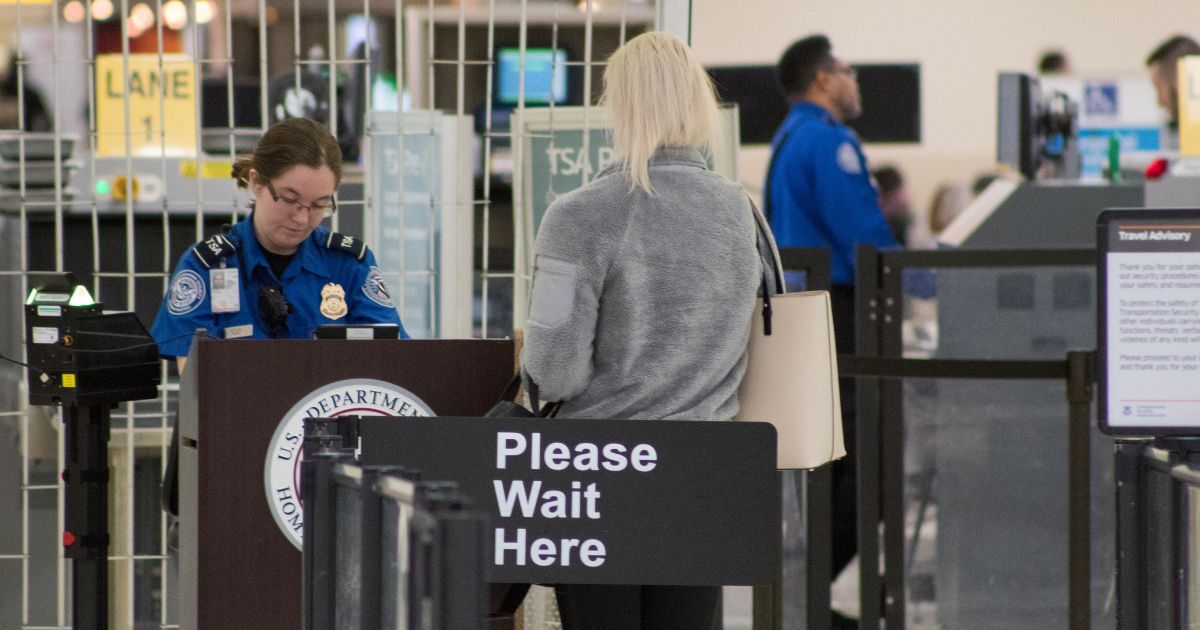The existing rules of TSA regarding carrying liquids in flight have left countless flyers irritated at the airport, as they witness last-minute frisking during security checks. The permitted amount of liquids for check-in bags must follow the 3-1-1 rule, and each container of gels, aerosols, and creams cannot be more than 3.4 ounces or smaller. Interestingly, these regulations are extended to the carriage of food on flights as well. As a result, it is a common sight to witness packed food items, tins, and other consumable items getting tossed aside at airports.
However, a lesser-known fact about carrying food in flight is that the TSA also has a list of approved food items for flights, and it ends up including some of the weirdest stuff that gets carried from one place to another. Despite the strict rules in place, these exceptions have also led passengers to take over the most bizarre items, like even a live crab across the skies.
First up, the TSA does allow passengers to carry alcohol with them on flights. It must be noted that these must be taken in the carry-on bag; however, they must be classed as mini bottles of alcohol, such that they fit comfortably into a single quart-sized bag. Coming to canned foods, these fall under the gray category of TSA rules. As per the officials, these must not be packed inside bags.
As per a rule on their website, “There are some items that are not on the prohibited items list, but because of how they appear on the X-ray, security concerns, or impact of the 3-1-1 rule for liquids, gels and aerosols, they could require additional screening that might result in the item not being allowed through the checkpoint. We suggest that you pack this item in your checked bag, ship it to your destination, or leave it at home.”
There’s a special exception for cheese lovers as well, for those who wish to bring it along on their checked-in luggage. But the kind, type, and consistency of the cheese, which finally breaks it out of the conundrum and make it okay for travel. While solid cheese does not pose any problem, the creamy variety is something that stirs quite the issue, since the TSA strictly mentions it must be a part of the carry-on bag and “less than or equal to 3.4oz/100 ml.”
Other food items like sandwiches get a ready green signal from the TSA, while soup poses a major issue for travel. Much like sauces and other condiments, these can fly on an airplane, provided they meet the 3-1-1 ratio of liquids and are strictly under the 100ml limit at all times. Another weird item often being made a part of travel by flyers includes live crabs.
As per TSA, “A live lobster is allowed through security and must be transported in a clear, plastic, spill-proof container. A TSA officer will visually inspect your lobster at the checkpoint. We recommend that you contact your airline to determine your airline’s policy on traveling with your lobster before arriving at the airport.”
Items like fresh fruit and vegetables are also subject to scrutiny at the airport screening by the TSA. However, in specific places across the U.S., there are restrictions imposed on these as well. For instance, a guideline by TSA lists that “Passengers flying from Hawaii, Puerto Rico, or the U.S. Virgin Islands to the U.S. mainland cannot take most fresh fruits and vegetables due to the risk of spreading invasive plant pests.













